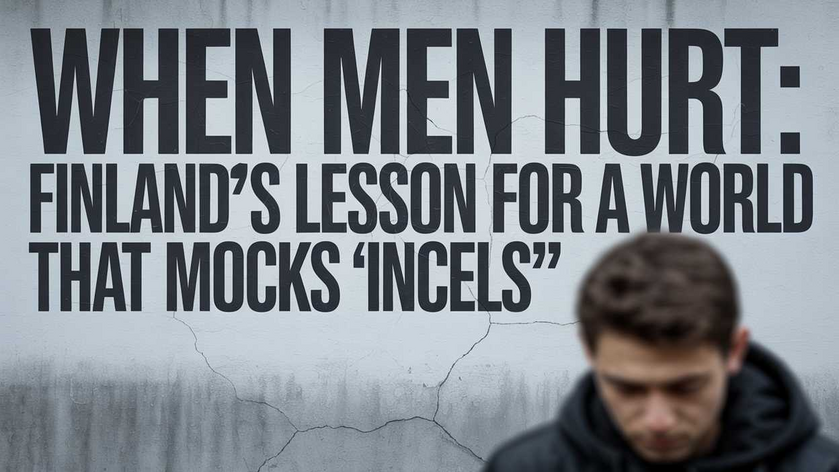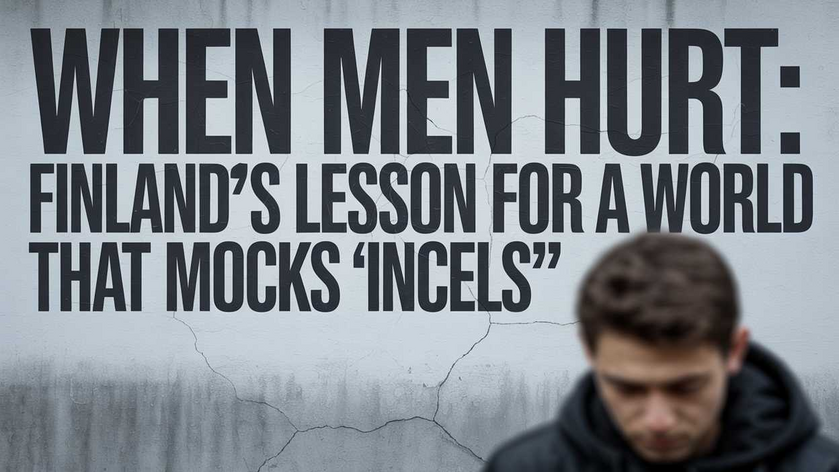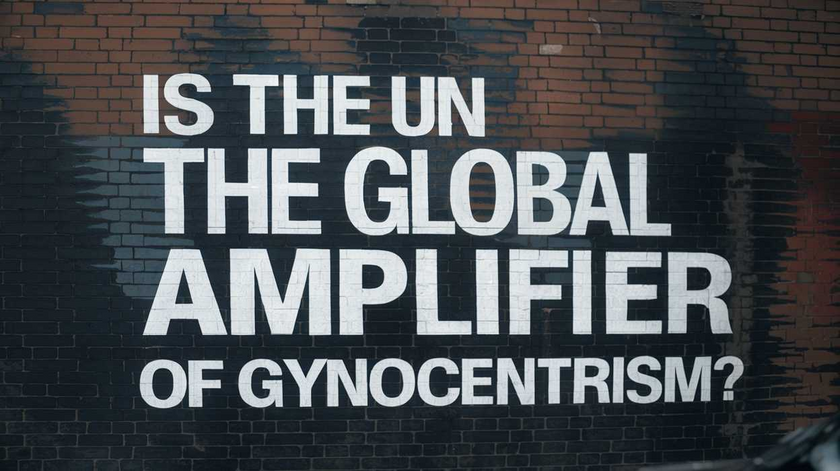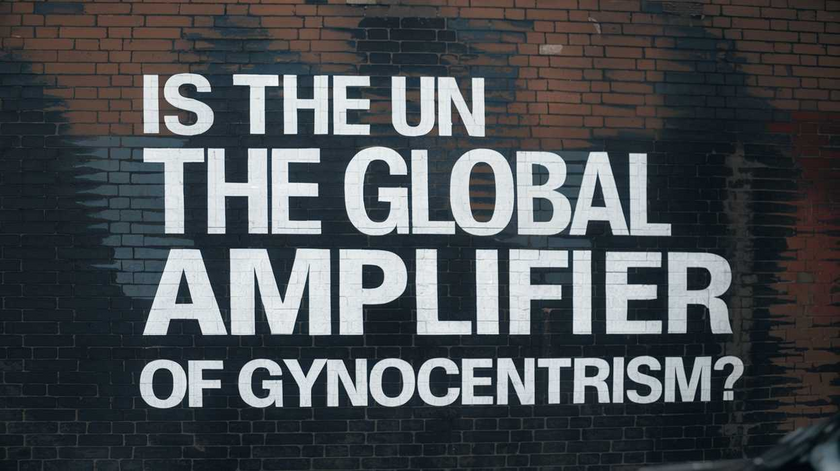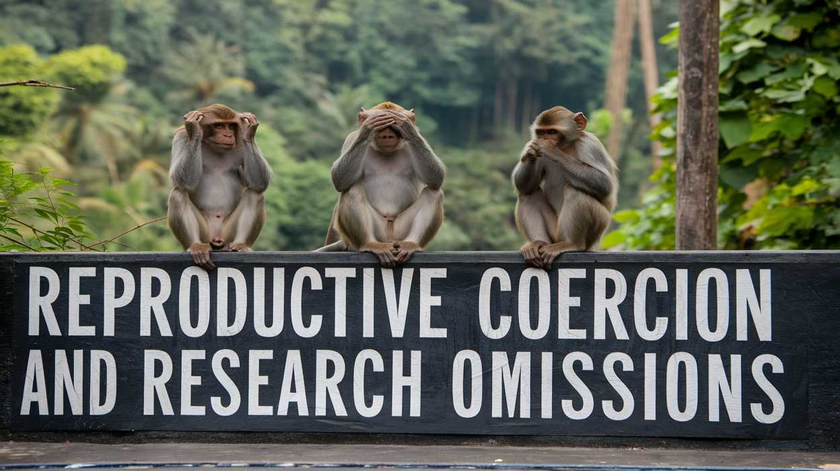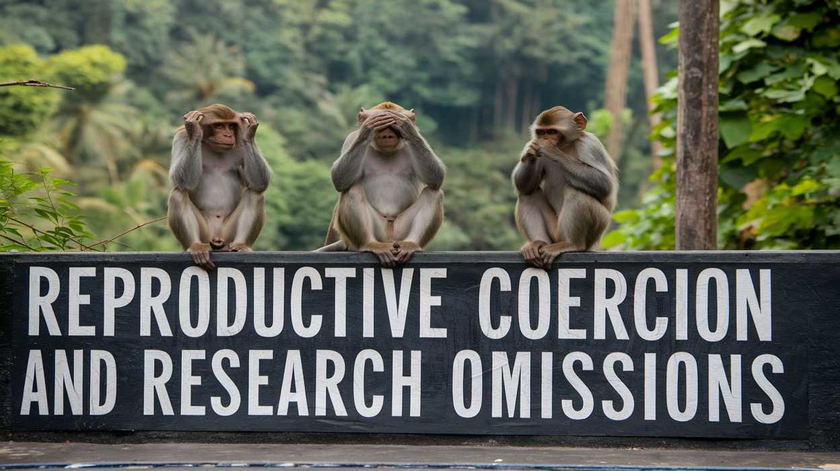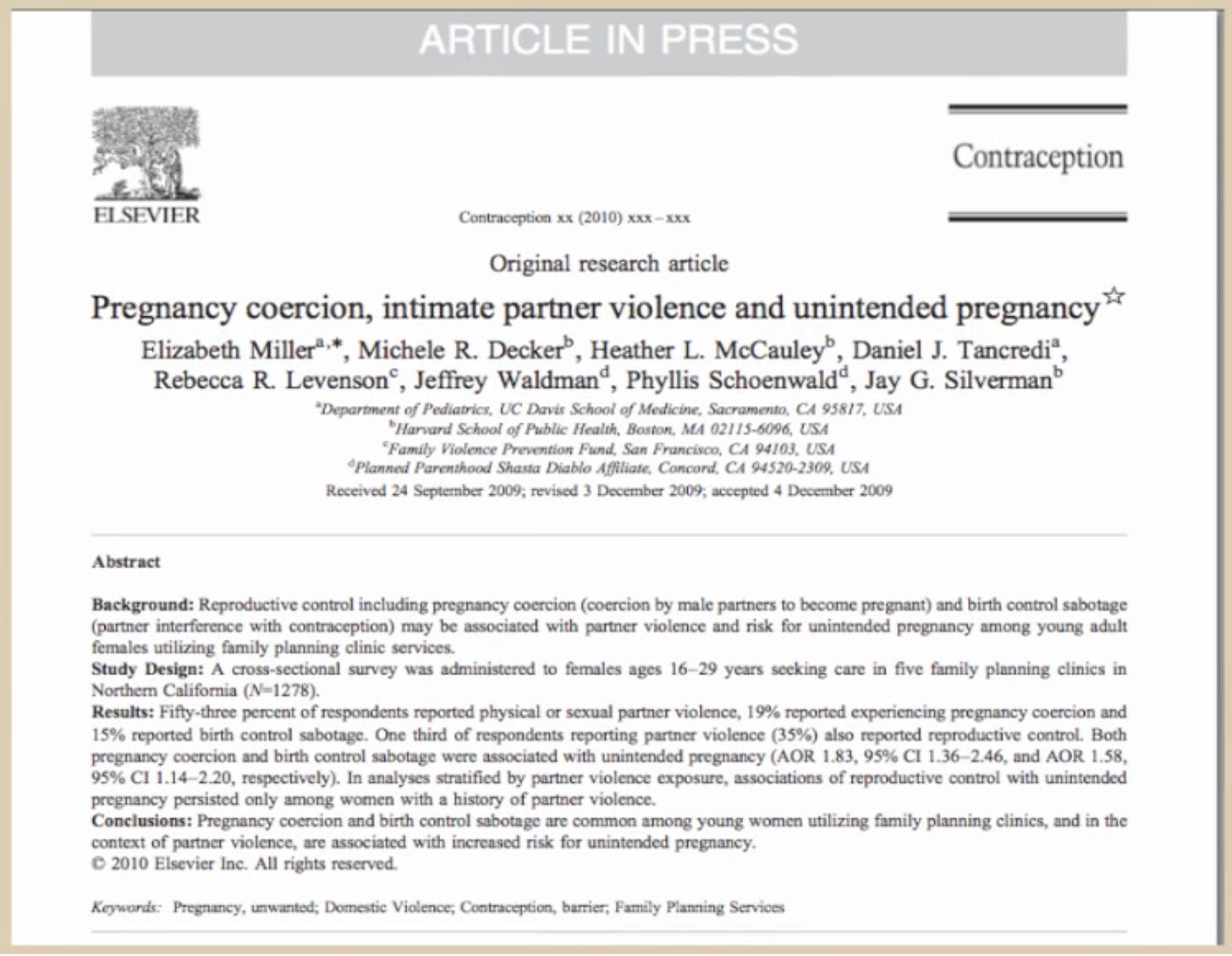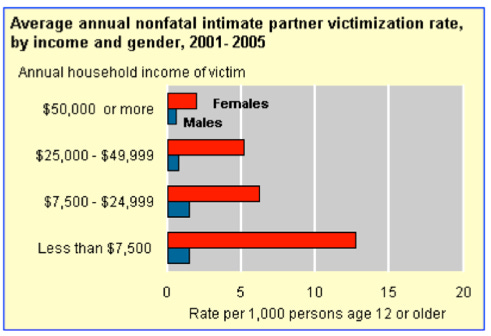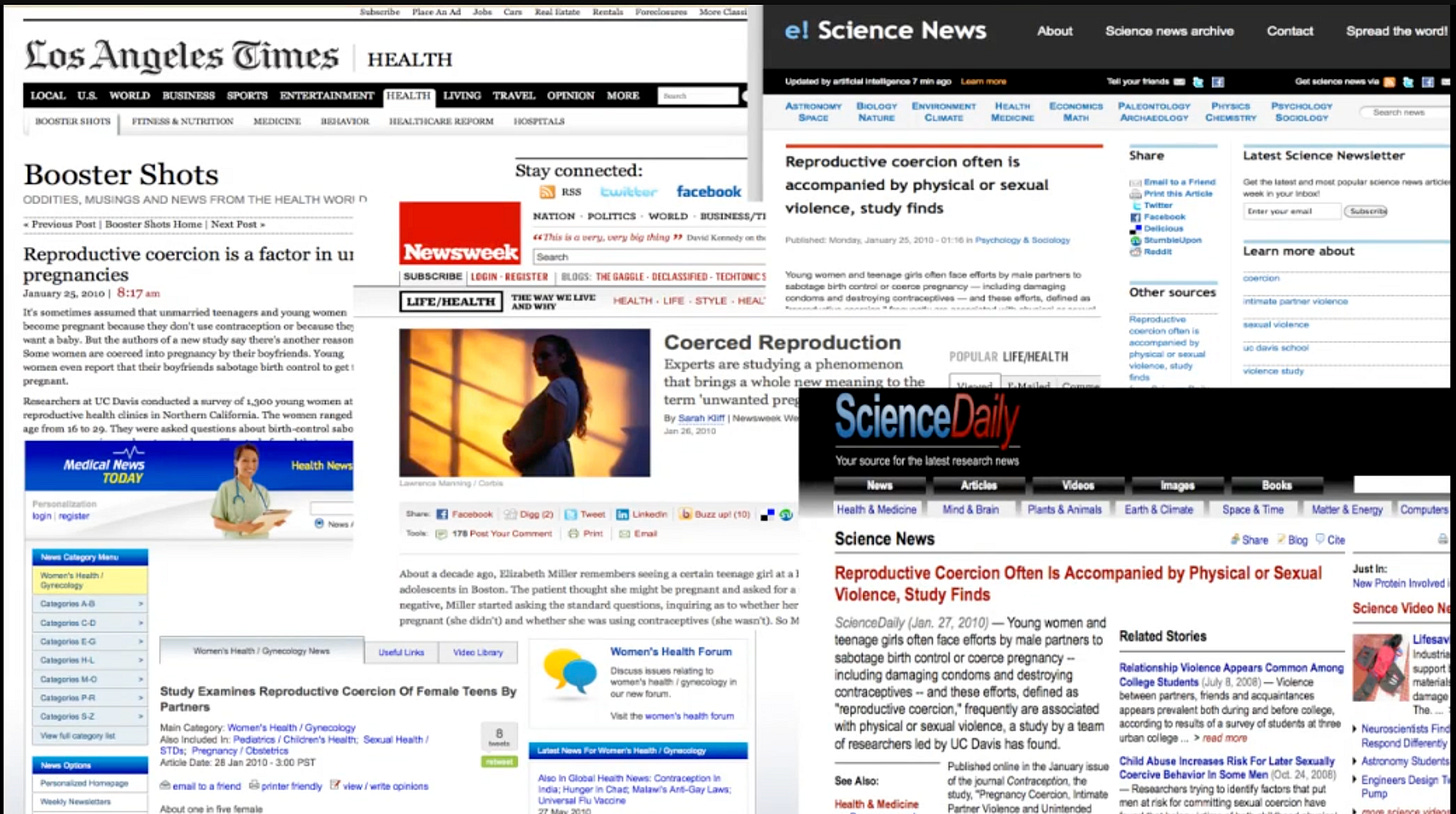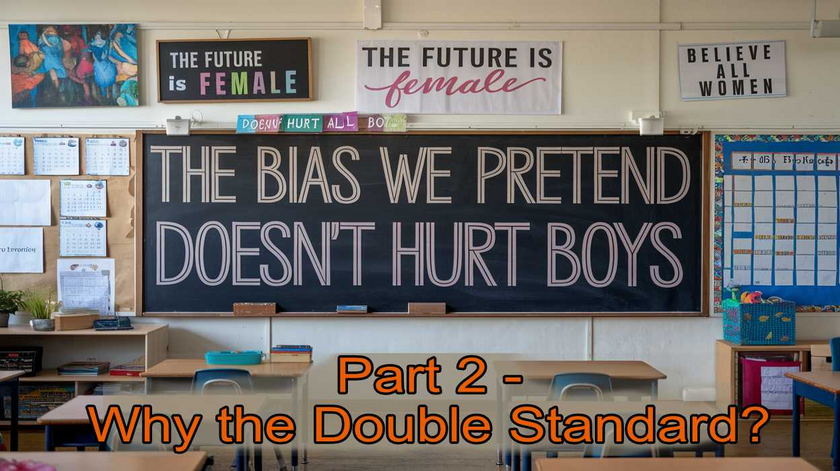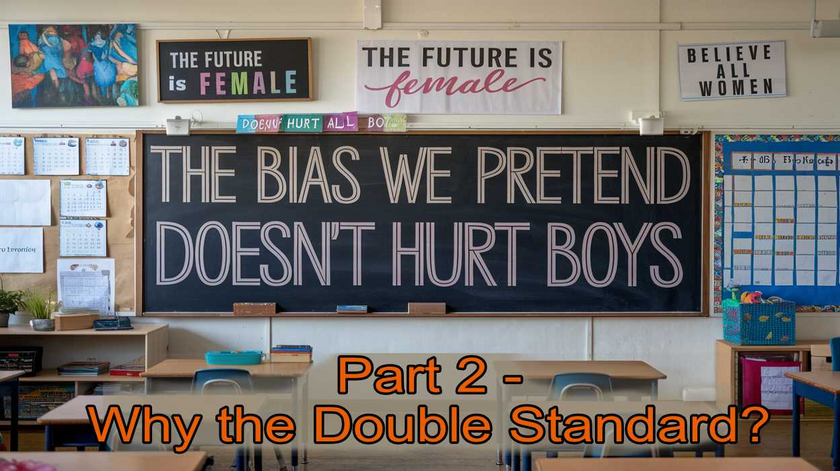In the late 1980s, Finland discovered something troubling. Among its highest-risk suicide groups were young men rejected from military service. At exactly the age when they were trying to prove themselves, they were branded as outsiders. Many spiraled into isolation, unemployment, and despair.
Finland’s response was striking. The Defense Forces worked with mental health groups, employment services, and therapists to catch these men before they fell. They created guidebooks for life after discharge. They launched projects like Young Man, Seize the Day to provide vocational training, community, and a renewed sense of belonging.
In other words: Finland looked at these young men — stigmatized, rejected, hurting — and asked, “What do they need to find a way back in?”
Contrast that with how our society treats another group of young men today: those labelled as “incels.”
Here too we see rejection, isolation, and despair. But instead of responding with empathy or practical support, the prevailing approach is ridicule. The media caricatures incels as “dangerous losers” or “ticking time bombs.” Academic articles often describe them as pathologies — not people. On social media, the word “incel” has become shorthand for contempt, a slur hurled at any man deemed awkward, unwanted, or out of step.
The result? We deepen the very isolation that fuels their pain.
This doesn’t mean excusing harmful behaviors, nor ignoring real risks. But if the only response to young men in despair is shame and hostility, then we are doing exactly the opposite of prevention.
Finland shows another way. It proves that when a society chooses to see its hurting men as human beings rather than problems, it can build supports that save lives.
The question is whether we are willing to do the same. Will we keep throwing rocks at young men already drowning in loneliness? Or will we, like Finland, build ladders out of despair — ladders made of belonging, opportunity, and care?
_________________________
Starting Monday, I’ll share a new three-part series on how Finland confronted a devastating suicide crisis — and what their success can teach us about helping men in pain, rather than mocking them.
I’d known for years that Finland had significantly reduced male suicide rates, but only recently did I dig into the details. After reaching out to the Finnish Embassy, I was connected with thr Finnish Health Dept who then introduced me to Dr. Timo Partonen, a researcher who lived through these efforts. He shared documents that tell the story in remarkable depth.
I’ve distilled that material into a series I think you’ll find eye-opening. Finland’s story is one of care, courage, and respect for men’s lives. My hat is off to them — and I hope we can learn from their example.
